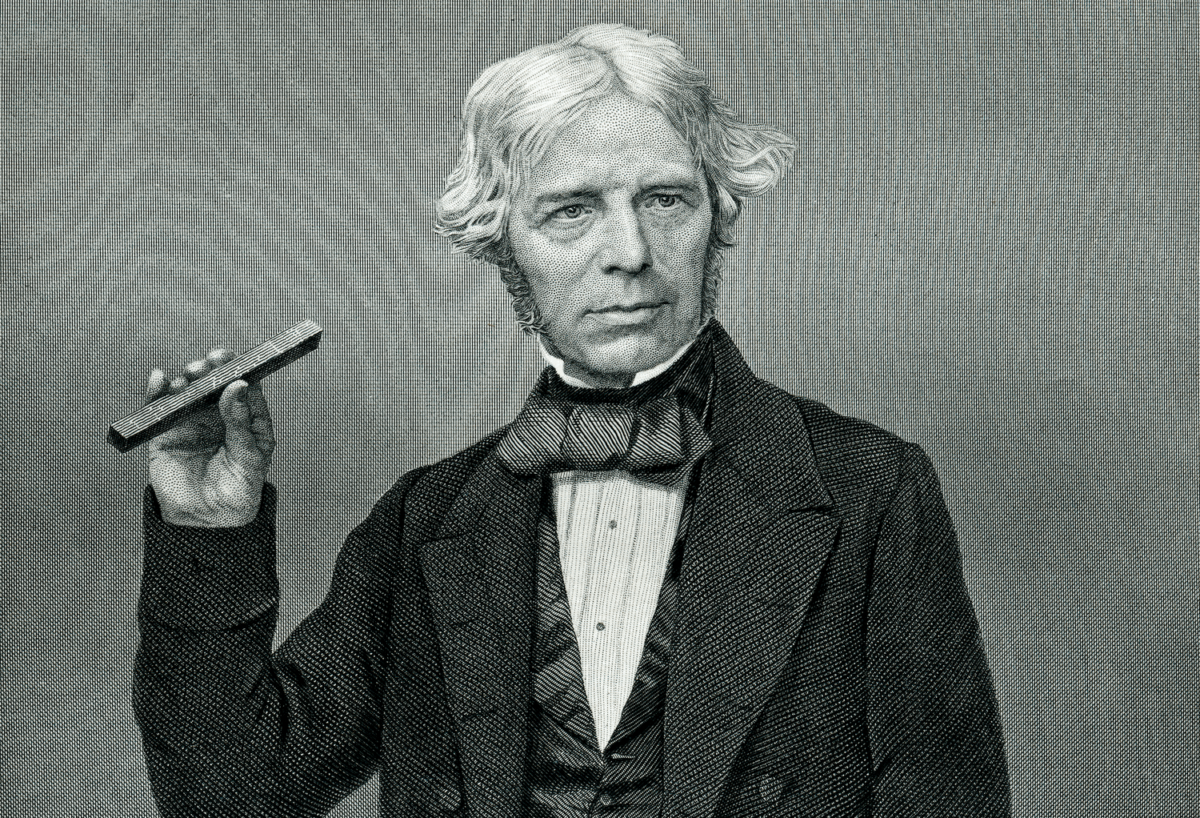Introduction:
Distilled water, renowned for its purity and lack of impurities, is a staple in various applications, from laboratory experiments to household appliances. The process of distillation, which involves heating water to create steam and then cooling it to form pure water, is a simple yet effective method. This comprehensive guide will walk you through the step-by-step process of making distilled water at home, offering insights into the science behind distillation, equipment needed, and practical tips for ensuring the production of high-quality, pure water.
Section 1: Understanding the Science of Distillation
- Defining Distillation:
- Distillation is a separation process that exploits the differences in boiling points of substances to purify liquids. In the context of water, the process involves heating water to its boiling point, collecting the resulting steam, and then condensing it back into liquid form to obtain pure water.
- Purity of Distilled Water:
- Distilled water is lauded for its high purity, as the distillation process effectively removes contaminants, minerals, and impurities. The result is water in its most elemental form, free from minerals, chemicals, and other dissolved substances.
Section 2: Equipment Needed for Distillation
- Distillation Apparatus:
- To make distilled water at home, you’ll need a distillation apparatus. This typically includes a boiling flask, a condenser, and a collection vessel. Distillation kits are available commercially, or you can assemble the components individually.
- Heat Source:
- A reliable heat source is essential for boiling water in the distillation process. Common options include electric hot plates, gas burners, or even stovetops. Ensure the heat source is adjustable to control the intensity of the boiling.
- Cooling System:
- The condenser acts as the cooling system, converting steam back into liquid water. This component is crucial for the success of the distillation process. Ensure the condenser is well-insulated and has a cooling mechanism, such as circulating cold water.
- Collection Container:
- A clean and sterile container is needed to collect the distilled water. Use glass or food-grade plastic containers with tight-fitting lids to prevent contamination.
Section 3: Step-by-Step Guide on Making Distilled Water
- Setting Up the Distillation Apparatus:
- Assemble the distillation apparatus, connecting the boiling flask to the condenser and ensuring a secure setup. Place the collection container at the end of the condenser to collect the distilled water.
- Filling the Boiling Flask:
- Pour tap water or any water source into the boiling flask. Avoid overfilling to prevent spillage during the boiling process.
- Adjusting Heat Source:
- Begin heating the water with the heat source. As the water reaches its boiling point, steam will rise from the boiling flask, leaving impurities behind.
- Collecting Distilled Water:
- The steam travels through the condenser, where it is cooled and condensed back into liquid form. The pure, distilled water is collected in the container at the end of the condenser.
- Monitoring the Process:
- Keep a close eye on the distillation process. Adjust the heat source to maintain a steady boil, and monitor the water level in the boiling flask to prevent it from running dry.
- Allowing Cooling Time:
- Once you’ve collected a sufficient amount of distilled water, turn off the heat source and allow the apparatus to cool before disassembling. This prevents accidental burns and ensures a safe handling process.
Section 4: Tips for Ensuring High-Quality Distilled Water
- Starting with Clean Equipment:
- Ensure that all components of the distillation apparatus are thoroughly cleaned before each use. Any residue or contaminants can affect the purity of the distilled water.
- Using High-Quality Water Source:
- The quality of the source water matters. While distillation effectively removes impurities, starting with a relatively clean water source enhances the overall effectiveness of the process.
- Regular Maintenance of Equipment:
- Periodically clean and inspect the distillation apparatus to prevent mineral deposits or buildup. This maintenance ensures consistent production of high-quality distilled water.
- Storing Distilled Water Properly:
- Store distilled water in clean, airtight containers to prevent contamination. Keep containers away from direct sunlight and chemicals to maintain the water’s purity.
Section 5: Applications of Distilled Water
- Laboratory Use:
- Distilled water is a standard requirement in laboratories for various experiments and analyses. Its purity ensures accurate and reliable results.
- Household Appliances:
- Some household appliances, such as steam irons and humidifiers, benefit from the use of distilled water. Its lack of minerals prevents the buildup of deposits that can affect appliance performance.
- Medical and Cosmetic Applications:
- Distilled water is often used in medical and cosmetic procedures where sterile, pure water is essential. It is a common ingredient in pharmaceutical preparations and medical equipment sterilization.
- Battery Maintenance:
- Distilled water is recommended for topping up lead-acid batteries. Using distilled water prevents the introduction of impurities that could affect battery performance.
Section 6: Common Misconceptions and FAQs
- Does Boiling Water Make It Distilled?:
- No, simply boiling water does not make it distilled. Distillation involves collecting the evaporated steam, condensing it back into liquid form, and separating it from impurities.
- Is Distilled Water Safe to Drink?:
- Yes, distilled water is safe to drink. It lacks minerals and impurities, making it suitable for consumption. However, regular consumption of distilled water may not be recommended for extended periods due to the absence of minerals.
- Can Distillation Remove All Contaminants?:
- Distillation is highly effective in removing most contaminants, including minerals, chemicals, and microorganisms. However, volatile organic compounds (VOCs) with lower boiling points than water may not be completely removed.
Section 7: Conclusion
Distilling water at home is a straightforward yet powerful process that yields pure, high-quality water free from impurities. This comprehensive guide has equipped you with the knowledge and practical steps needed to embark on the journey of making distilled water. Whether for laboratory experiments, household applications, or specialized uses, the ability to produce distilled water at home opens up a world of possibilities. As you explore the art of distillation, let this guide serve as your companion, ensuring a seamless and rewarding experience in the pursuit of pure, distilled water.









